The Independent's journalism is supported by our readers. When you purchase through links on our site, we may earn commission. Why trust us?
OnePlus 10 pro review: Familiar in all the right places
It might not be the biggest upgrade, but this is still a fantastic premium Android handset
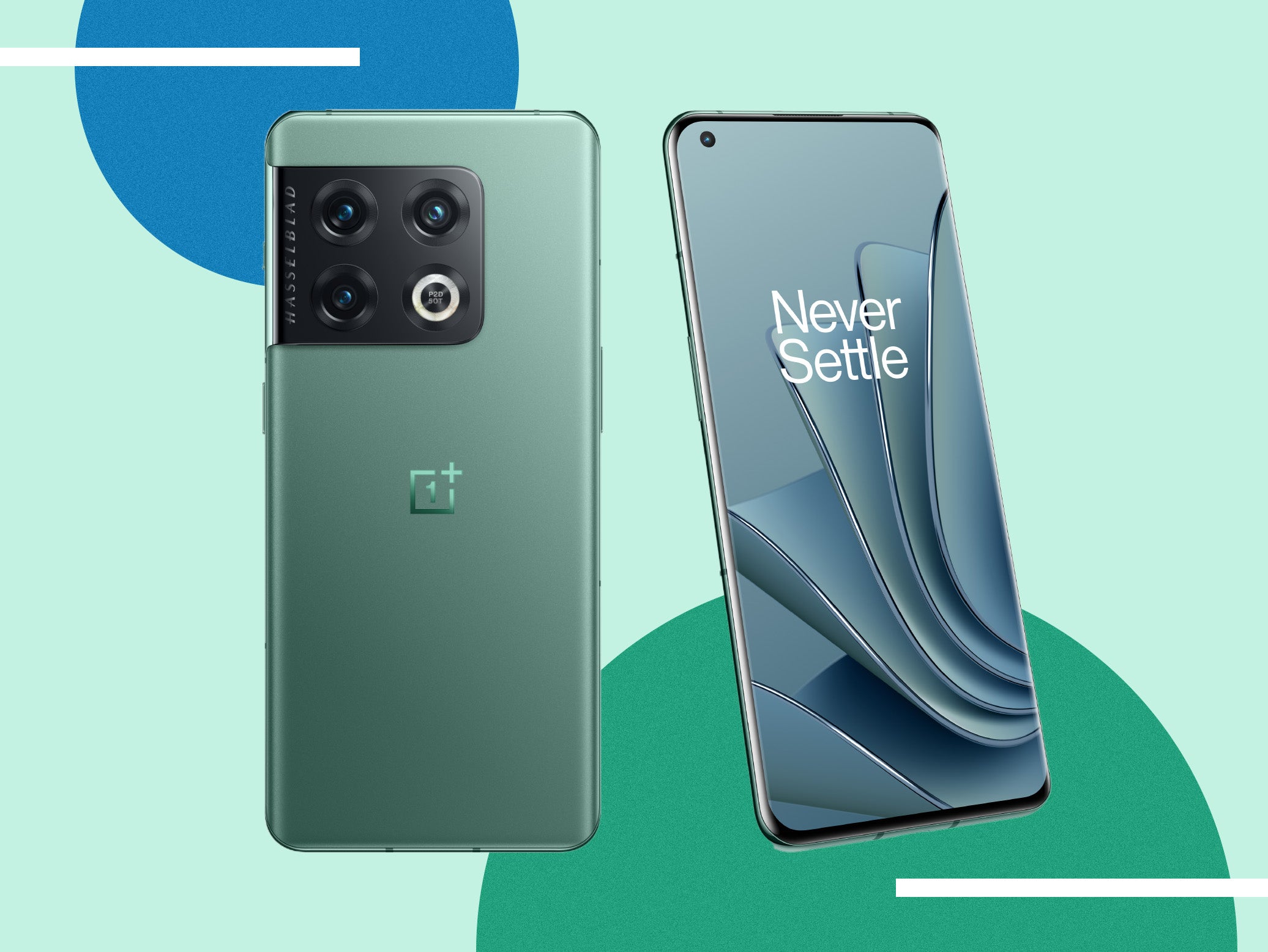
It’s taken its sweet time to get here, but the OnePlus 10 pro flagship smartphone has finally arrived in the UK, following its first-ever China-exclusive launch earlier this year.
The company, which recently solidified its partnership with smartphone manufacturer Oppo more definitively, has also taken the unconventional move of releasing one single phone instead of two – meaning no cheaper OnePlus 10 is on the cards. More affordable base models were something that OnePlus had been manufacturing ever since the OnePlus 7, and continued with the 8 and 9, so this is new territory for the brand.
With just one flagship phone coming to market, the OnePlus 10 pro has to stand out more against its competitors. On paper though, the specs, camera and design all felt incredibly similar to the OnePlus 9 pro, making us question whether the generational gap was big enough to warrant the upgrade. We put the latest OnePlus flagship to the test to find out.
Read more:
How we tested
We’ve had the OnePlus 10 pro for two weeks now ahead of its launch in the UK and have been using it on a daily basis, stress-testing its next-gen processor; looking at how it handled intense gaming sessions and taking time to play around with the second generation Hasselblad camera setup.
We’ve also considered its overall design, how it feels in the hand, how easy it is to use the operating system and, of course, looked at that massive battery and its SuperVOOC ultra-fast charging tech. We’ve put it through its paces to decipher whether or not it’s a worthy competitor to similar phones on the market.
OnePlus 10 pro: From £799, Oneplus.com
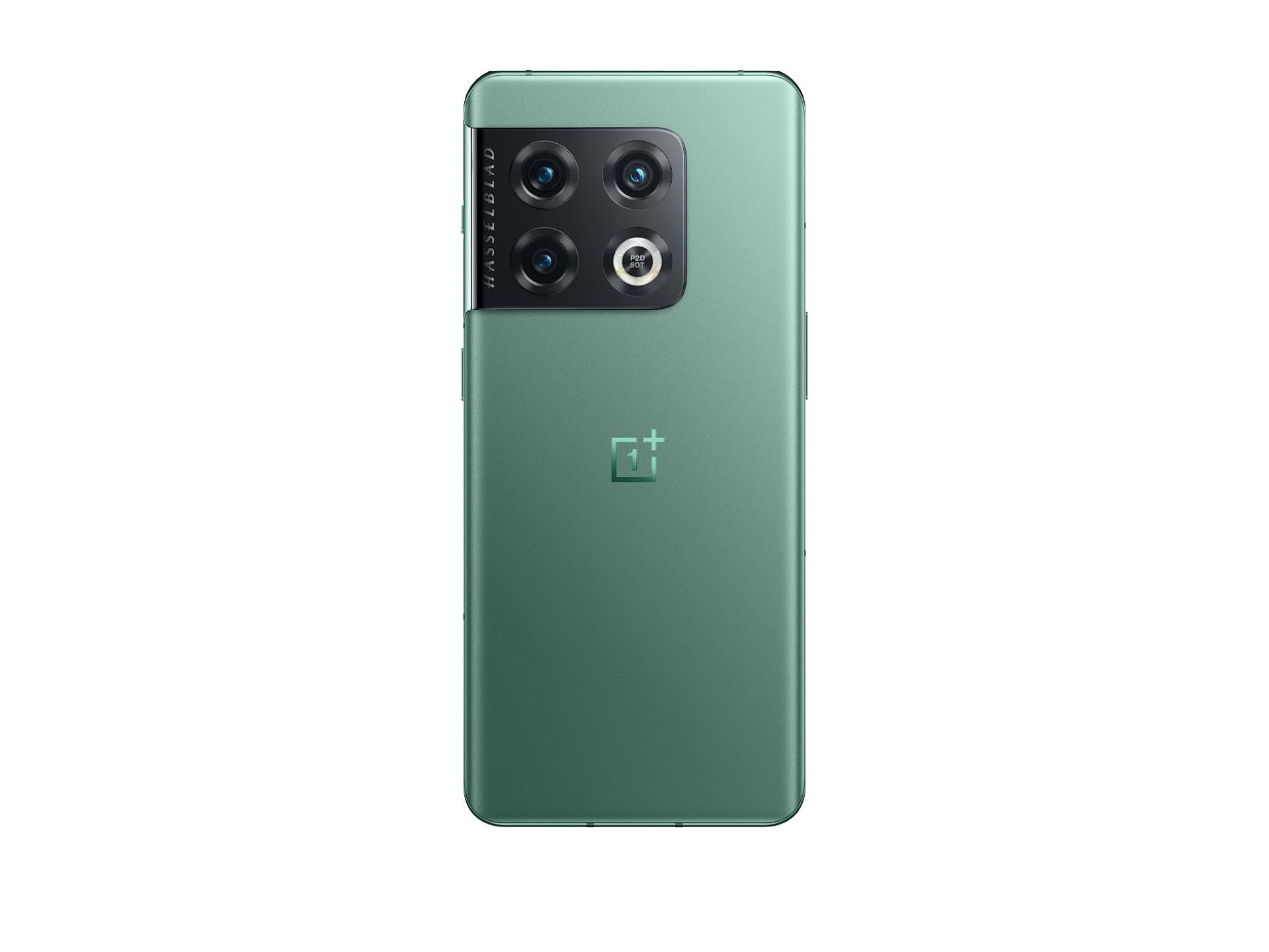
- Weight: 201g
- Dimensions: 163mm × 73.9mm × 8.55mm
- Display: 6.7in QHD+ AMOLED
- Battery: 5,000mAh
- Camera (rear): 48MP wide, 50MP ultrawide, 8MP telephoto with 3.3x optical zoom
- Camera (front): 32MP
- Storage: 128GB/256GB
- Memory: 8GB/12GB
- Rating: 9/10
Design
The OnePlus 10 pro is a good-looking smartphone, there’s no denying that. We’ve been testing out the phone in the emerald forest colour variant, which admittedly looks a little less forest and more pale green, but it’s still a handsome device to look at when flipped onto its rear. There’s also a volcanic black colourway, which apparently has a more textured appearance.
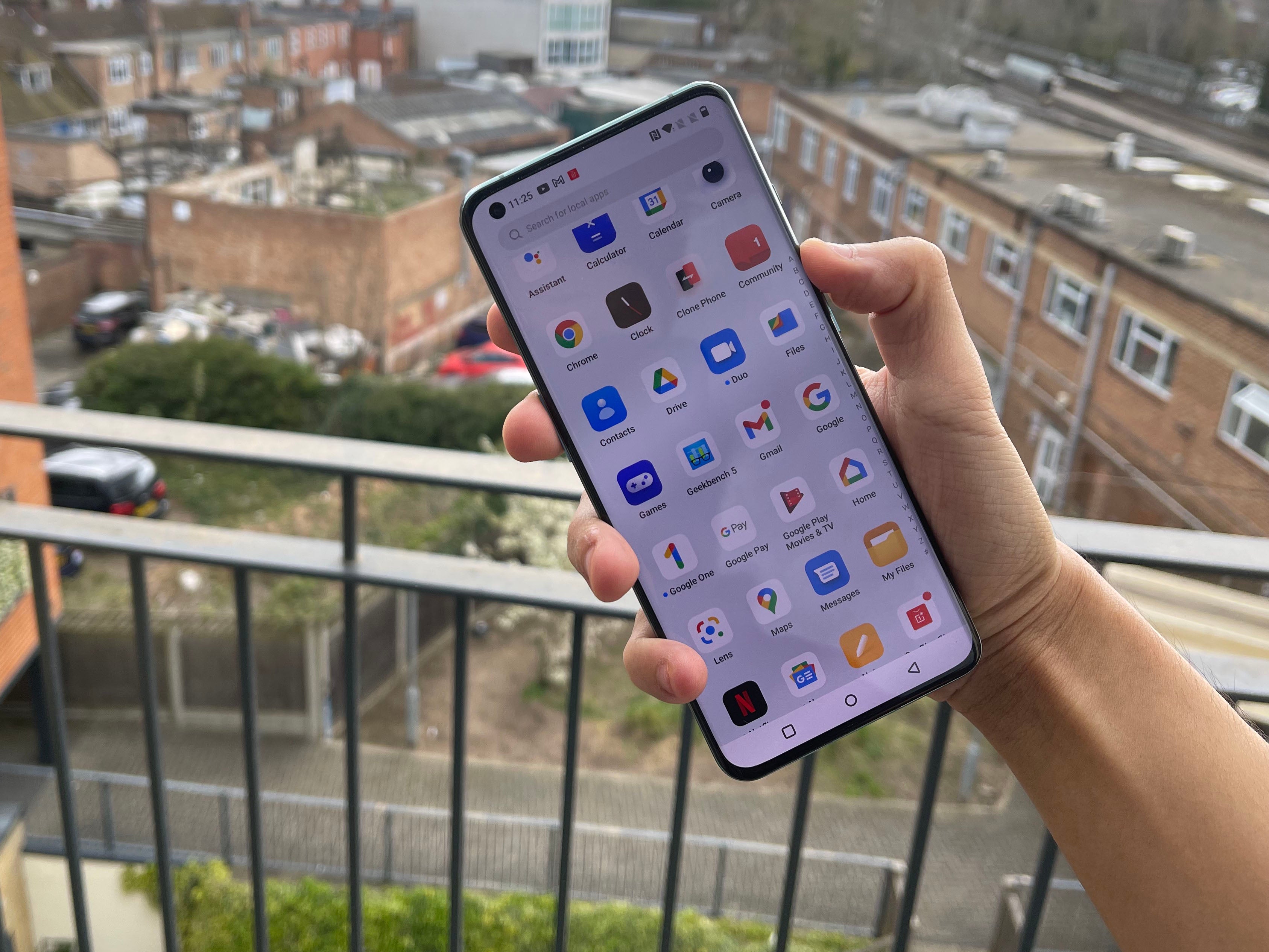
The smooth matte-like back is made from Gorilla Glass 5 and almost glints in the sun when you hold it up. The squared-off camera module with the Hasselblad branding wraps around onto the left, tucking neatly away into the aluminium frame. That camera module is covered completely in ceramic, making it more resistant to scratches. It still houses the brilliant alert slider for silent, vibrate and ring modes – an uncommon feature on Android phones.
Yes, it’s reminiscent of the Samsung Galaxy S21, and the overall design – even proportionally speaking – isn’t much of a departure from the OnePlus 9 pro either. That’s no bad thing. It looks nice, it’s unbelievably comfortable to hold thanks to those sharp-free curves, and is naturally thin, lightweight and pretty small in spite of it actually being a pretty beefy phone (specs-wise).
Display
Flip the OnePlus 10 pro round onto the front and you’ll find a 6.7in AMOLED QHD+ display, made from Gorilla Glass victus. With a 120Hz variable refresh rate and second-generation low-temperature polycrystalline oxide (LTPO) tech thrumming away on the inside, the 10 pro is intelligent enough to adjust between 1Hz when you’re looking at a static image and a buttery smooth 120Hz when the phone really needs it, helping you save battery.
It also gets super bright – a constant 500 nits, with a cool dual-tone calibration feature in effect. This basically means colours look the way they’re supposed to, whether you’ve got your brightness level set high or low. It’s a pretty neat feature and keeps colours popping on that AMOLED screen. And there’s also AI adaptive brightness too. With this turned on, the phone learns your brightness shifting habits and adjusts it for you automatically.
Read more: Samsung Galaxy S21 vs Apple iPhone 12
The in-display fingerprint sensor has also been moved further up the display, so it’s easier to unlock the phone because it’s situated in the natural position where your thumb sits. It works really fast, too, getting us into the device in the blink of an eye. You’ve also got face recognition, which is also super fast at unlocking the phone. We’ve seen our fair share of slow optical fingerprint sensors before, and this isn’t one of them. It’s a nippy, very bright, charming display.
Camera
On the surface, it looks like OnePlus has taken a step back in terms of camera tech – or no leaps forward, some would say. The phone has the same 48MP wide camera as the 9 pro; the same 50MP ultrawide camera as the 9 pro; and the same 8MP telephoto camera with the 3.3x optical zoom as – you guessed it – the 9 pro. The company has also brought the camera array down to three from the 9 pro’s four.
But hold up, things aren’t as simple as they first appear. For starters, the 2MP monochrome sensor that is now missing on the 10 pro is hardly cause for concern. It was more of a gimmick anyway, and really only benefitted black and white photography-taking hipsters who wanted more detailing in those monochromatic shots. So what’s different? Firstly, the ultrawide lens now shoots in 150-degrees as well as 110-degrees, taking some pretty epic panoramic shots, and it also has a built-in fisheye mode, which is much more fun than black and white photography.
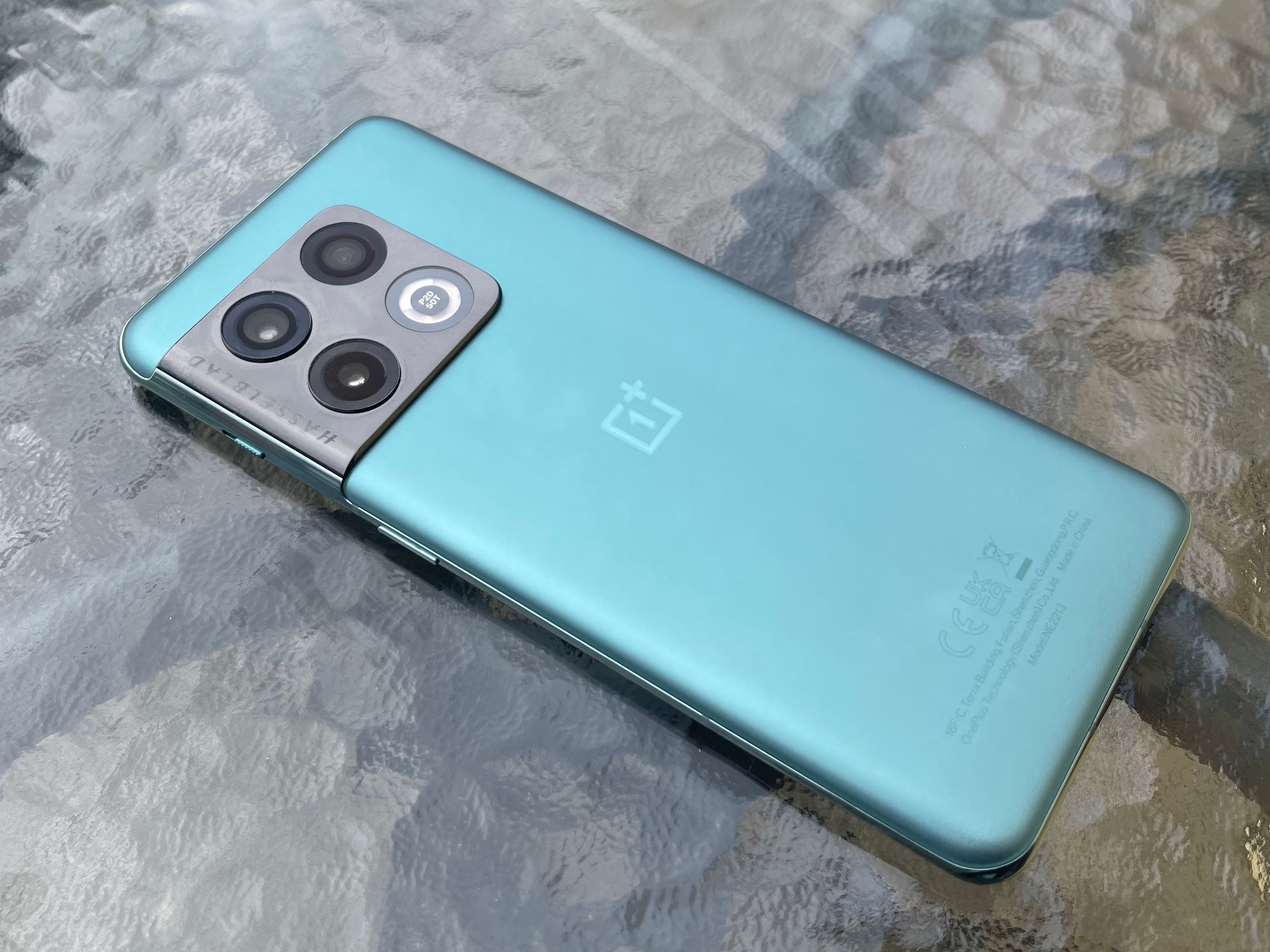
The front-facing camera now has a 32MP sensor as well, doubling the megapixels on the 9 pro. We quite enjoyed the wide field of view from the selfie camera, with shots looking detailed and colours accurate. This really benefitted pictures taken in portrait mode.
But you’ll find most of the camera improvements come courtesy of the software. The partnership with Hasselblad continues, with the introduction of a second-gen camera calibration system.
The big standout feature here is that all three rear cameras can shoot in full 10-bit colour. You need to turn this on in settings, but it really brought out the natural colours and lighting in our photos, even in low-light. Generally, it’s a refined, polished camera experience, producing incredibly accurate-looking shots.
Read more: Can you pre-order the Dyson zone air-purifying headphones?
Not many apps, devices or services support 10-bit colour, so you’ll most likely end up seeing your photos in 8-bit either way, but it’s a nice piece for future-proofing your photography, and colours still seem super accurate with 10-bit turned off.
Of course, there are more Hasselblad pro-level photography features as well, such as the new RAW Plus format. We’re not photographers by any stretch of the imagination, but for those who are, you’re able to take photos in up to 12-bit RAW, with the dynamic range and noise reduction techniques in tact, and have that image easily accessible as a RAW file for easy editing through Adobe Lightroom and the like. It’s essentially Pro RAW on the iPhone.
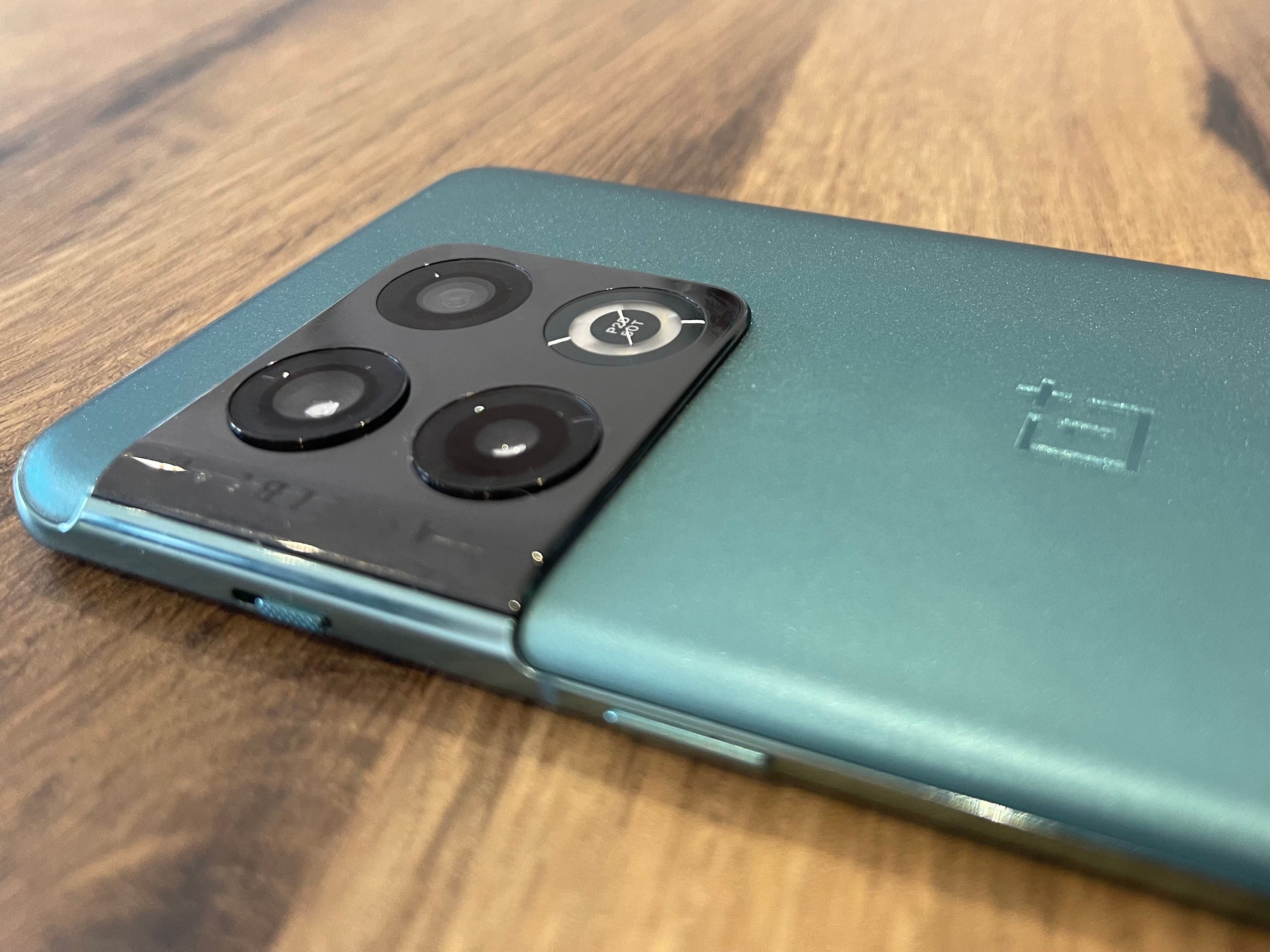
Videos can also be shot in 4K and 8K and 120Hz, and there’s a new LOG mode, which is basically RAW Plus for videos. That’s great, but you can only record in 8K in 24fps. This is pretty heavily cropped in, so we did prefer recording footage in 4K.
There are three stunning master colour styles (serenity, radiance or emerald). We’re massive fans of the radiance colour re-tune, which makes colours in shots look hyperreal, so blue skies and bold colours become heavily saturated, making pictures pop. These aren’t like Apple’s filters, however, you can’t just tack a filter on in settings – once you take a shot in that filter, it stays in that colour filter.
And we were pleased to see that XPan mode still features on the 10 pro, a feature that snaps photos taken in 30mm and 45mm focal lengths together using the main camera and ultra-wide lens, and vloggers can still use the dual-camera video mode for shooting with both the rear and front-facing cameras simultaneously.
Software and performance
The OnePlus 10 pro runs on the latest Qualcomm snapdragon 8 gen 1 chipset, the same as the Samsung Galaxy S22 ultra – so it’s as high-spec as premium phones these days come. There’s also a five-layer 3D passive cooling system on the inside, so it won’t overheat when working overtime. That’s pretty astonishing considering the thin size of this thing.
You’ll also be relieved to know that OnePlus’s clean, clutter-free OxygenOS Android skin is here to stay, something that was in danger of disappearing in the merger between Oppo and OnePlus. The current OxygenOS 12.1 software is just as much a joy to use as it always has been, and comes pre-installed on the phone straight out of the box.
Read more: Samsung Galaxy S22 ultra review
It’s fast, smooth and responsive, with apps easily accessible from the OnePlus Shelf. The iOS Spotlight-like OnePlus Scout is also integrated directly into the shelf, making it a doddle to search for literally anything on your phone with a couple swipes.
And with all the little features tucked away in the settings, inside apps and peppered throughout the operating system itself, it’s ridiculously easy to waste an afternoon just exploring everything you can do with the phone. OnePlus has also told us that the 10 pro will receive three Android updates and four years worth of security updates.
Another neat little addition to the 10 pro is the suite of gaming features, powered by the company’s HyperBoost gaming engine, aimed at making gaming sessions more stable. We tested this out playing a couple rounds of PUBG, notorious for its stuttering frames in bootcamp zones, and found that it played smoothly without any significant lag or drops in frame rate.
The O-Sync feature also ensures that the processor and the display stay synced up when gaming, something that OnePlus says reduces touch response times by up to 30 milliseconds. Gaming on the OnePlus 10 pro really shows off the impressive dual speaker system, which gets extremely loud but still remains super clear.
Battery life
One of the major highlights of the 10 pro is its enormous 5,000mAh battery. For comparison, the OnePlus 9 pro has a 4,500mAh battery. OnePlus says you should be able to charge from zero to 100 in just 32 minutes. It took us about 37 minutes to go from dead to fully charged, which is still pretty fantastic. There’s also an 80W SUPERVOOC charging brick in the box, brought over from Oppo, so you won’t have to dash out to get the fastest charging speeds.
Read more: iPhone 13 pro max vs Samsung Galaxy S21 plus
You’ve got 50W wireless charging as well, which takes you from nought to 100 in 47 minutes. We don’t usually see charging speeds this fast when it comes to wireless charging, so we were pretty impressed. There are obviously little battery saving shortcuts here and there, like with the LTPO display, helping the phone last a mammoth two days on a single charge. When it did die, those super-fast charging capabilities got it back up in no time at all.
The verdict: OnePlus 10 pro
There are only two different configurations of the 10 pro on sale in the UK, meaning OnePlus has seriously pared back its offering this year. The volcanic black colourway only comes in one configuration – 8GB RAM with 128GB storage (£799, Oneplus.com), while the emerald forest comes in a 12GB RAM and 256GB configuration (£899, Oneplus.com). That’s actually a very competitive price tag for the amount of phone you’re getting here. Does that make it a worthy buy?
The issue OnePlus faces with the 10 pro is that it’s not a massive generational upgrade from the 9 pro. The design is familiar and the camera tech is the same, but this isn’t a problem exclusive to OnePlus, with innovation down across the board. The 10 pro is still an excellent premium handset with a splendid camera setup, an unbelievable battery life, charging capabilities and a top of the range processor.
While the Oppo touches are definitely there, we can’t find many – if any – faults with it. It’s not a boring phone, it’s absolutely the alternative Android device, costing less than most premium handsets, but its only real killer feature is that amazing battery life.
Voucher codes
For the latest discounts on phones, tablets and laptops, try the links below:
Read our review of the Xiaomi poco X3 pro – it’s the most powerful smartphone under £250
